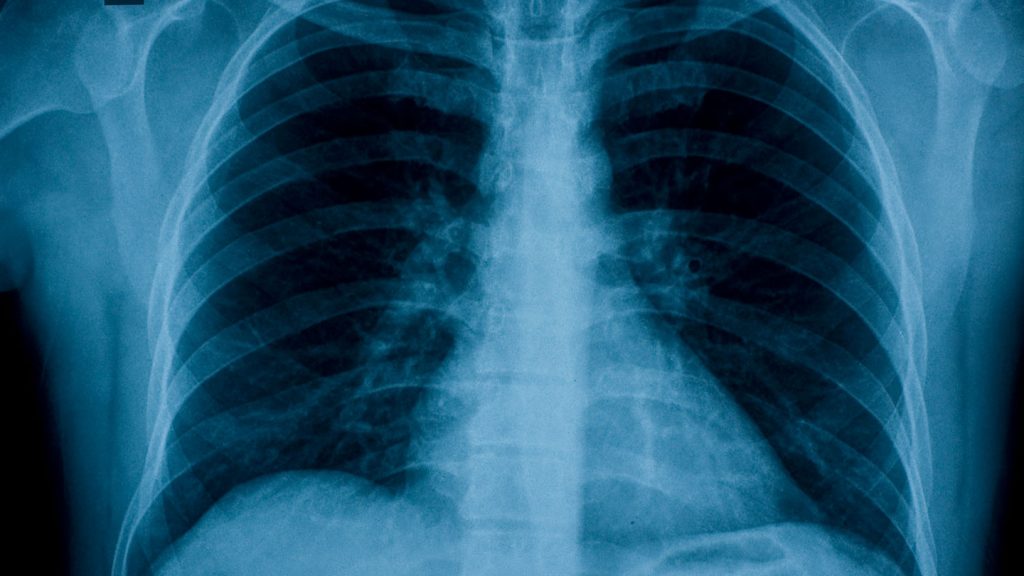Artificial intelligence (AI) is gaining traction in the field of medical imaging, offering exciting potential for advancements in healthcare. With the ability to quickly analyze vast amounts of medical imaging data, AI has the potential to improve diagnostic accuracy, increase efficiency, and enhance patient outcomes. Experts in the field see AI technology as a valuable tool for radiologists and other healthcare professionals, providing them with automated assistance in interpreting complex imaging studies.
One of the main promises of AI in medical imaging is its potential to improve diagnostic accuracy. AI algorithms can analyze medical images with a level of detail and consistency that may surpass human capabilities. By detecting subtle changes or patterns in medical images that may be missed by the human eye, AI can help radiologists make more accurate and timely diagnoses. This can lead to earlier detection of diseases, better treatment planning, and improved patient outcomes. Additionally, AI can assist in triaging cases, prioritizing urgent findings, and reducing the risk of human error.
AI technology also has the potential to increase efficiency in medical imaging workflows. By automating routine tasks such as image segmentation, measurements, and reporting, AI can free up radiologists to focus on more complex cases and patient care. This can help reduce turnaround times for imaging studies, improve workflow management, and increase overall productivity in healthcare settings. AI-powered tools such as computer-aided detection (CAD) systems can assist radiologists in detecting abnormalities and flagging areas of concern in medical images, streamlining the diagnostic process.
Despite the promise of AI in medical imaging, experts also highlight potential pitfalls and challenges associated with its implementation. One concern is the need for robust validation and regulatory oversight to ensure the safety and effectiveness of AI algorithms in clinical practice. The reliability and accuracy of AI systems depend on the quality and diversity of the training data used to develop them, as well as ongoing monitoring and validation to assess performance in real-world scenarios. Ethical considerations related to patient privacy, data security, and liability issues also need to be carefully addressed.
Another challenge is the potential for AI to exacerbate existing healthcare disparities and biases. AI algorithms may inadvertently perpetuate biases in healthcare by reflecting the biases present in the data used to train them. For example, if training data is not representative of the diverse patient populations it aims to serve, AI algorithms may produce inaccurate or discriminatory results. To mitigate these risks, experts emphasize the importance of transparency, accountability, and diversity in AI development, as well as ongoing monitoring and evaluation of AI systems in practice.
In conclusion, the increasing adoption of AI in medical imaging holds great promise for improving diagnostic accuracy, efficiency, and patient outcomes in healthcare. By leveraging the power of AI algorithms to analyze medical images, radiologists and healthcare professionals can enhance their clinical decision-making and optimize workflow processes. However, the successful integration of AI technology in medical imaging requires careful validation, regulatory oversight, and ethical considerations to address potential pitfalls and challenges. By addressing these issues proactively, the healthcare industry can fully harness the transformative potential of AI in advancing medical imaging practices and ultimately improving patient care.


